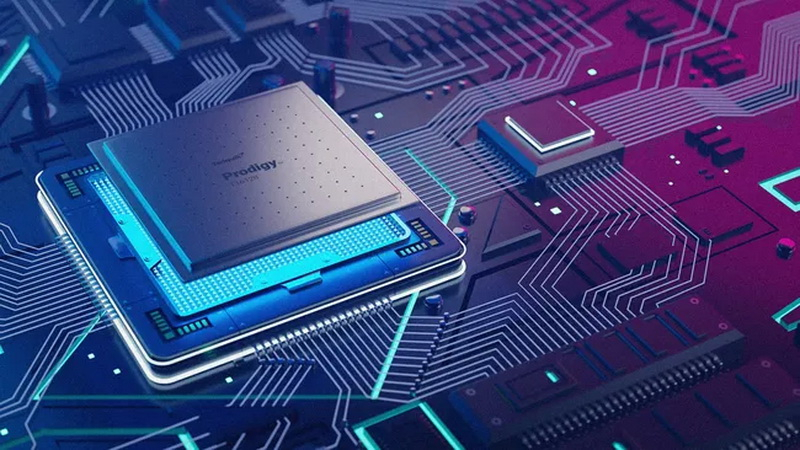Tachyum planned to begin mass production of the universal 192-core Prodigy processor in 2024, combining computing and graphics cores with a TPU neural processor. The performance of the chip was expected to be at the level of the most powerful Nvidia computing accelerators. Now the start of production has been delayed to 2025, despite the completion of the final Prodigy emulation on the FPGA platform.

Image source: Tachyum
This week Tachyum announced the creation of the final version of the emulation system for the future Prodigy processor using a Field-Programmable Gate Array (FPGA). This final hardware prototype is critical to achieving more than “10 quadrillion cycles in reliability testing,” a milestone Tachyum aims to achieve before mass production of Prodigy chips. This type of testing ensures compliance with the most extreme requirements.
According to the company, key updates to the final FPGA build include support for an increased number of cores to 192, compatibility with higher-capacity DIMMs, improved debugging workflows, easier communications with modified BMC-UEFI hardware, and reconfigured sockets.
The release dates of the Prodigy universal processor have been postponed several times since 2019. Earlier this year, Tachyum promised to begin mass production of its chips in the second half of 2024. Now the start of production of Prodigy processors has been postponed from 2024 to 2025, while Tachyum is confident that affordable servers based on its chip will quickly appear on the market next year.
«Reaching this point in our development journey to production and mass production of Prodigy processors next year is extremely gratifying,” said Tachyum founder and CEO Radoslav Danilak.
Tachyum claims that its processor can achieve performance up to 4.5 times faster than the best x86 processors for cloud workloads, three times faster than leading GPUs for HPC and six times faster than the best AI accelerators. However, despite these ambitious claims, no prototype has yet been publicly demonstrated.
«Our commitment to creating the smallest, fastest and greenest general-purpose chip in the world remains unwavering,” Danilak added. “Delivering this from day one of launch has been a priority for us, and we are excited to be on the cusp of this industry-changing release.”